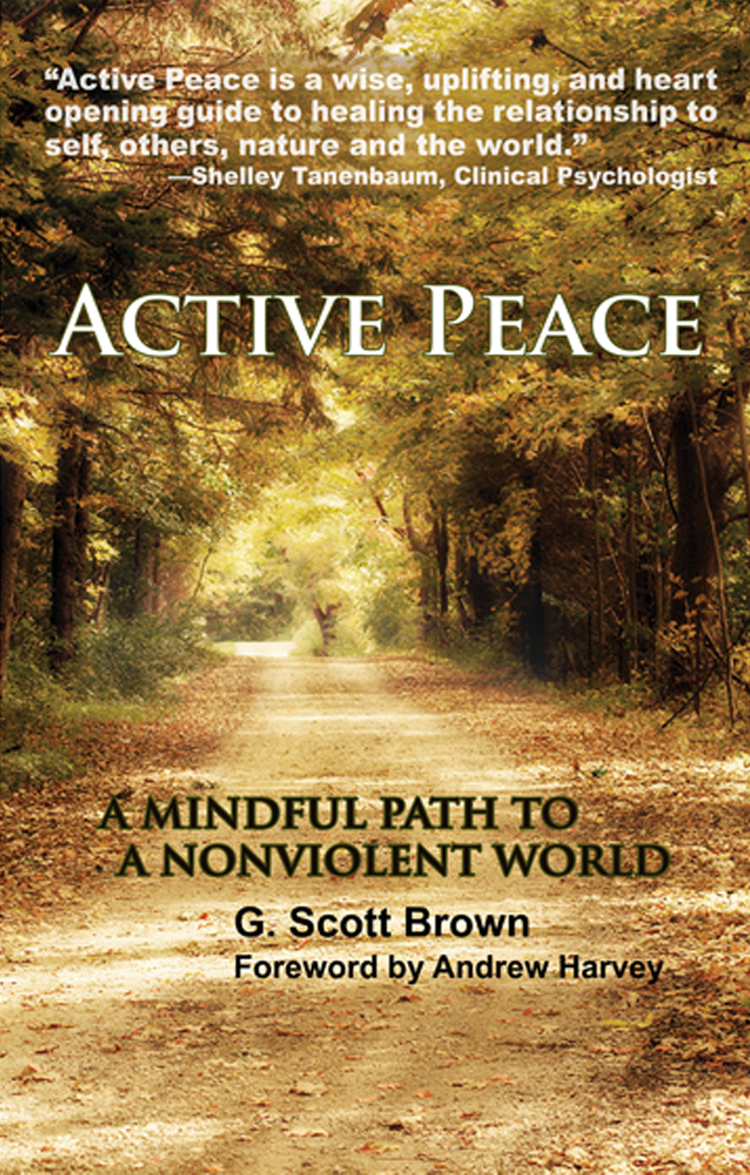|
Preface
On a blustery November day in 2005, I was sitting
on a couch next to my wife, minding my own business, when the marriage
counselor broke the silence with the one question guaranteed to strike
fear in the heart of an unconscious man. She looked at me and asked, “So
Scott, what are you feeling right now?” Feeling? Well, I felt like a
deer caught in the headlights. I was about as in touch with my feelings
as I was the Rings of Saturn. But in that moment it dawned on me for the
very first time that this disconnection from my feelings was worth
paying attention to, that it was part of the reason I was headed for
divorce. I didn’t share that information, I wasn’t ready to go that far,
but through that small crack in my armor a little light crept in.
Shortly after that session, my wife and I decided
to move ahead with divorce. With the collapse of the dream we had
shared, I found myself scraping bottom, and in that place of sadness and
uncertainty I was finally able to get in touch with the anger and
discontentment that had been stewing inside of me for so long. I didn’t
understand what was happening, but I knew I was bored with being angry
and that something needed to change. Like so many others before me, I
had to get knocked down by life before I would start to wake up.
The final shove came with a walk on the beach and a
question repeated, “What are you passionate about?” I had been working
with this question for some time, and on this night, when a vision came
to me of Mahatma Gandhi’s face smiling down on me, something clicked.
With my background in nonviolent action, this visit from Gandhi made
perfect sense. I was being called to prepare myself to be of service in
the challenging and violent times ahead. I responded with a deep and
humble “Yes” to that vision, and that night my course was set. It was
time for me to walk the peacemaker’s path.
What I quickly learned on this path is the
importance of personal transformation as a foundation. I’ve come to
appreciate that Active Peace is, first and foremost, a process of
healing my own belief in separateness. Gandhi knew this, and maybe
that’s why I saw a twinkle in his eye that night on the beach.
I’m so
very grateful for the teachers and teachings that have come my way. As
I’ve worked to integrate, distill, and present what I’ve learned and
experienced for the purposes of this book, I have never doubted there
was something worth sharing here. I hope you will agree |




|

